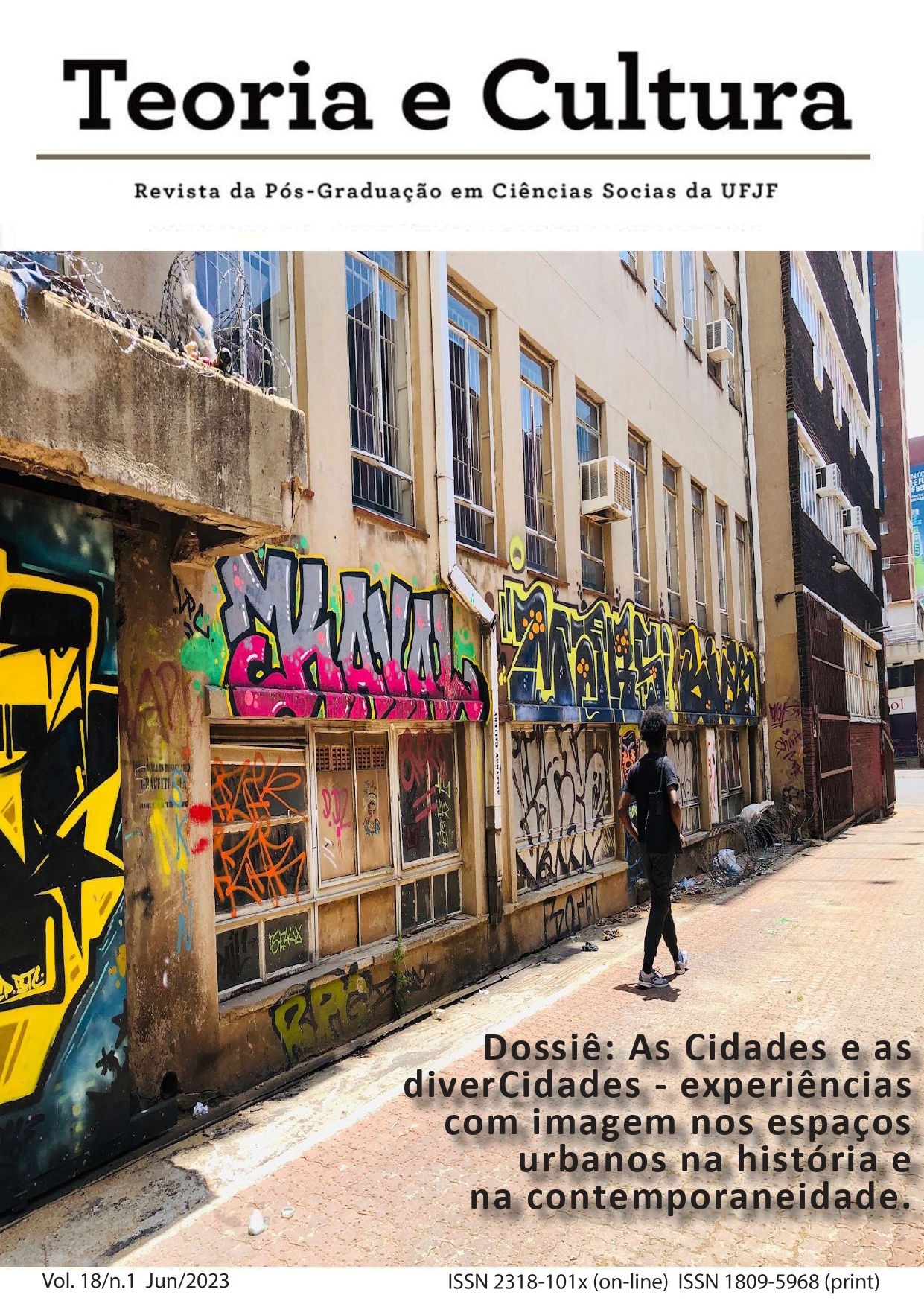Patrimônio Cultural:
sentidos e significados nos espaços públicos de Natividade/TO
DOI:
https://doi.org/10.34019/2318-101X.2023.v18.40273Resumo
Neste ensaio busco descrever a cidade de Natividade, localizada na região sudeste do estado do Tocantins. Esta cidade foi outrora um arraial mineratório, do antigo Norte goiano, tendo suas origens na primeira metade do século XVIII. A cidade tem um rico acervo arquitetônico, urbanístico, paisagístico e histórico. Da arquitetura colonial, o sítio destaca-se pela beleza do casario e dos prédios públicos, a exemplo da antiga cadeia pública e das igrejas de Nossa Senhora do Rosário, Nossa Senhora da Natividade e de São Benedito. De fundamental importância é o patrimônio cultural imaterial cito a exemplo: o saber fazer das joias artesanais e as festividades do Divino Espírito Santo. O que apresento aqui neste texto é, em parte, extraído da pesquisa que realizei durante o doutorado em História, pela Universidade Federal de Goiás, em que adotei como metodologia a História Oral por considerá-la significativa para a reconstrução dos fatos históricos. Realizei uma pesquisa de campo, combinada a uma pesquisa documental e bibliográfica, tendo como referencial teórico autores que discutem sobre a historiografia goiana, memórias e o patrimônio cultural. As imagens, narrativas e dados históricos revelam o quanto o patrimônio cultural material e imaterial de uma cidade diz da sociabilidade entre seus moradores.
Palavras-chave: Patrimônio Cultural. Cidade de Natividade. Festas Populares.








